Overclocking
Performance Analysis
With small heatsinks and relatively basic power circuitry, it was anyone's guess as to how the board would perform with our Ryzen 9 3900X, but while the VRM temperature measured with our IR probe was toasty at 92°C with an underside measurement of 89°C (no software-based measurement was available), this was after a ten-minute Prime95 torture test across all 12 cores and 24 threads on a £500 CPU - not exactly a typical use case for a sub-£100 board, which is more likely to be doing something far less demanding such as gaming or streaming and with a less potent CPU too. We certainly wouldn't recommend overclocking a Ryzen 9 3950X, but for AMD's six- and eight-core CPUs or indeed models with even fewer cores such as the Ryzen 5 3400G, it will be fine.
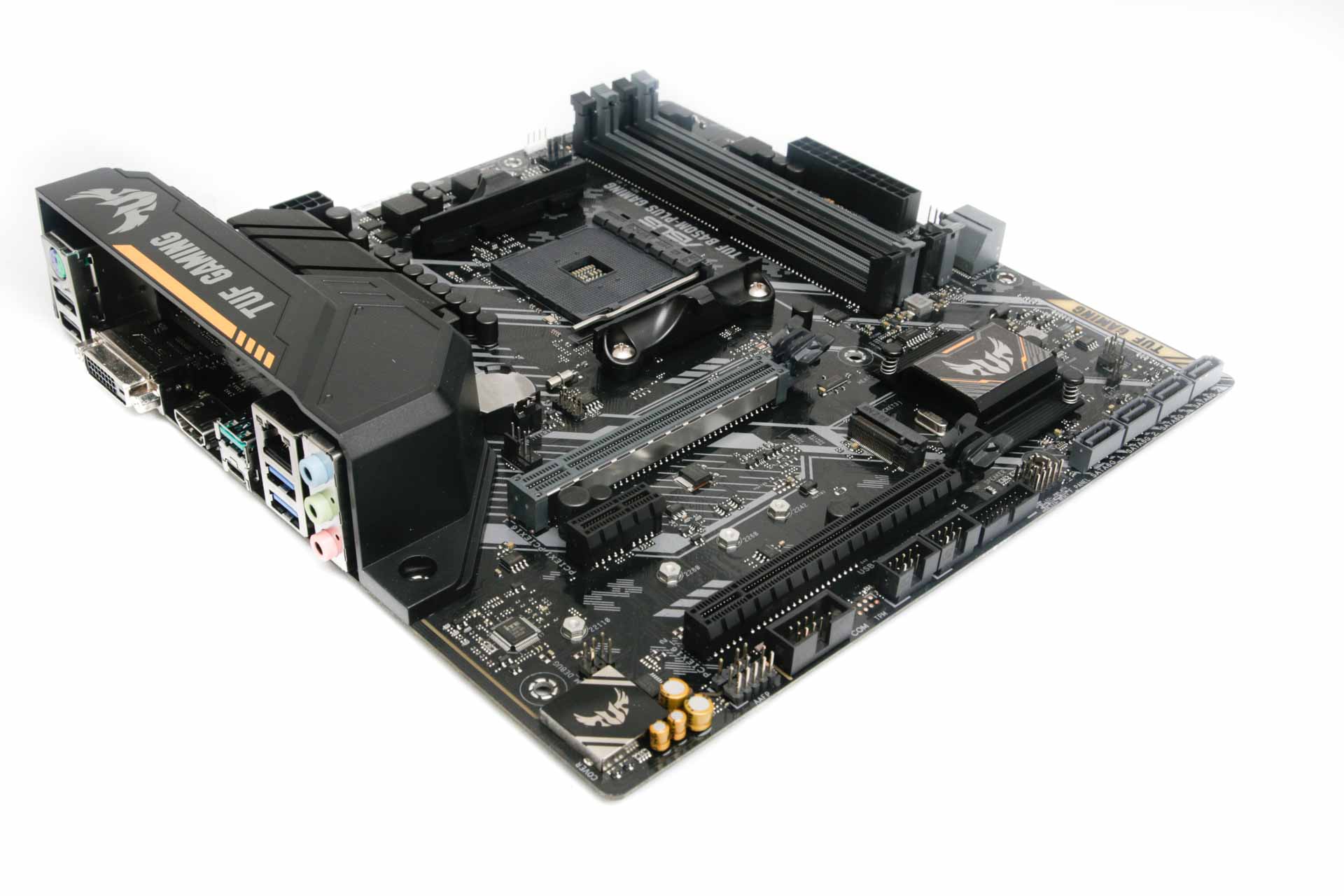
The actual raw performance numbers perhaps showed a hint of reduced performance compared to some of the X570 boards we've tested, with boosting - both single- and all-core - not quite sitting where they should. For instance, the single-threaded Cinebench score of 501 was around 14 points short of the slowest X570 board we've seen, but the all-core score was at least mixing it up at the lower end of the graph, albeit with the lowest result when overclocked. Blender was spot on, though, and while the average frame rate in Far Cry was a little off the pace, the 99th percentile was actually quite good. Time Spy was somewhat average again, though, falling a few hundred points short of the best results, but that's still not particularly concerning.
Audio performance was unsurprisingly quite poor, with the Realtek ALC887 sitting around the same levels as the similarly-equipped Gigabyte X570 Gaming X, with a noise level of -90.8 dBA and dynamic range of 91.3 dBA, although you'd be hard-pressed to notice the difference here unless you're an audiophile.
The M.2 result was on par too with read and write speeds using our PCIe 4.0 SSD of 4,994MB/s and 4,256MB/s respectively. Update 26/09/19: As of BIOS version 1814, Asus has removed support for PCIe 4.0, something which was actually added in an earlier BIOS. Our board was tested using an earlier BIOS, but we pulled the specs/original review from the manufacturer website which listed only PCIe 3.0 support. We have reached out to Asus to ask why support was removed and if/when it will return - apologise for any confusion.
Finally, the power numbers were actually quite reasonable given the basic power delivery, but then the board does pack far fewer features and a less power-hungry chipset than X570. With that in mind, the 324W overclocked power draw for the system is actually very high but is to be expected from a basic power delivery.
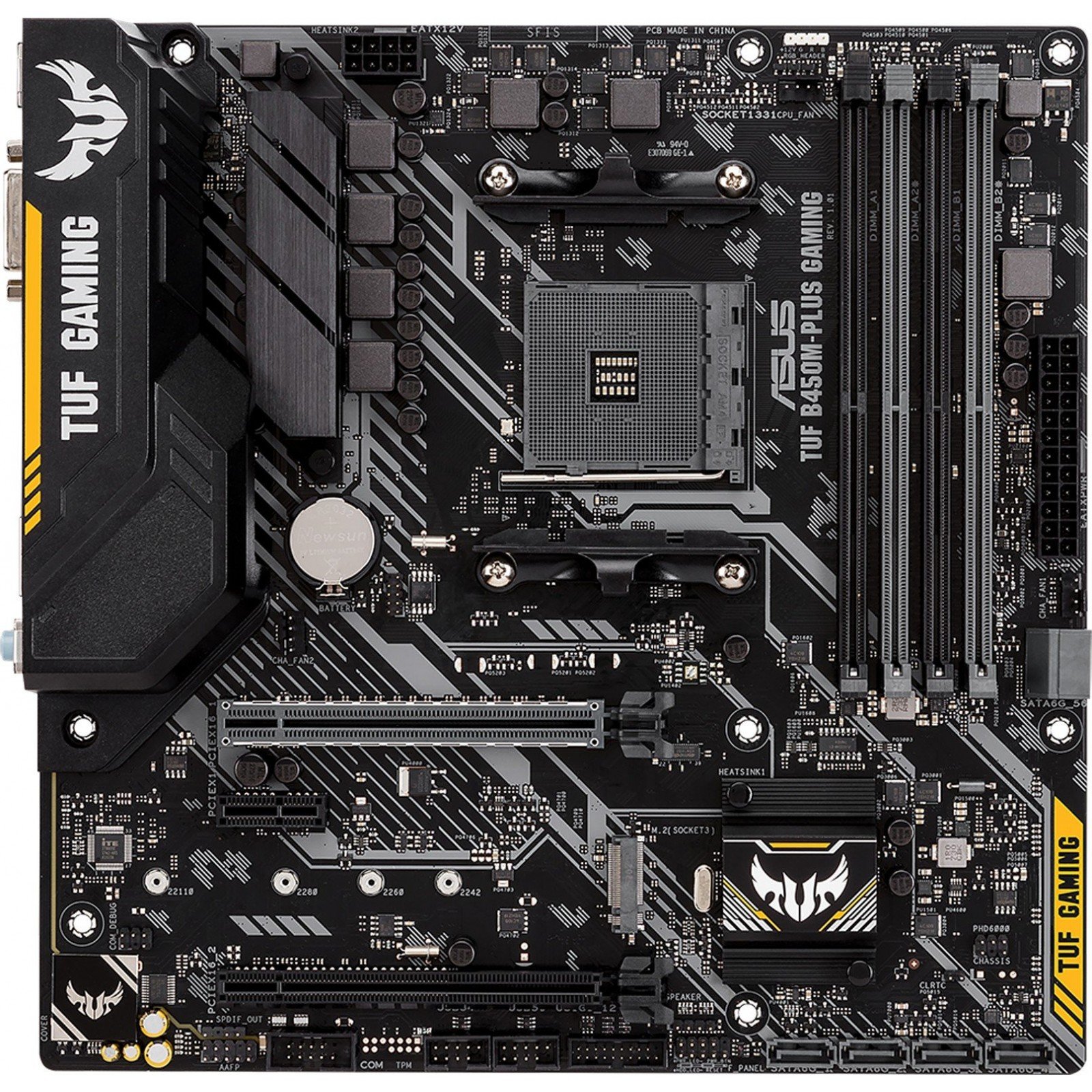
Conclusion
The first thing we should highlight is that opting for the Asus TUF B450M-Plus Gaming and a 3rd Gen Ryzen CPU will mean a lottery when it comes getting a board with a compatible BIOS. Thankfully, if the worst happens and your board doesn't POST and you don't have an older CPU to perform the update, you can use AMD's processor loan scheme whereby it will send you an old model to do that with. It will take time, of course, but you will eventually be up and running. Next are those VRM temperatures. They're high, to be sure, but we're dealing with a 12c/24t CPU and with all of those cores and threads loaded. Ultimately, we'd say we've reached the limit of what we'd be comfortable with if we were regularly chucking multi-threaded workloads at the TUF B450M-Plus Gaming, and while it handled our 4.3GHz overclock, we wouldn't suggest going quite so aggressive on a long-term basis with anything more than a Ryzen 7 3800X.
With solid benchmark numbers and stress testing, though, we don't have anything else bad to say about the performance here - it's a budget-conscious board that should be used with processors in the same category, so the fact it handled a CPU that costs five times as much is a feat in itself. There are some slight dips in some benchmarks compared to many of the X570 boards we've tested, but given the money you're saving, we'd be quite happy to ignore them. In fact, it's more in the realm of physical features such as the mediocre amount of USB ports and number of fan headers where our main concerns lie with the TUF B450M-Plus Gaming, but if you have a typical case for a board in this price range, such as a micro-ATX or ATX model with a couple of fans, it will suffice.
Overall, then, for the likes of the Ryzen 7 3700X or Ryzen 7 3800X, the TUF B450M-Plus Gaming is a solid choice for the cash if you're happy with the necessary sacrifices in features and is a board that's happy with a little overclocking too. At £90, it represents a very affordable way to own a 3rd Gen Ryzen system, and comes recommended if that's what you're after.


MSI MPG Velox 100R Chassis Review
October 14 2021 | 15:04

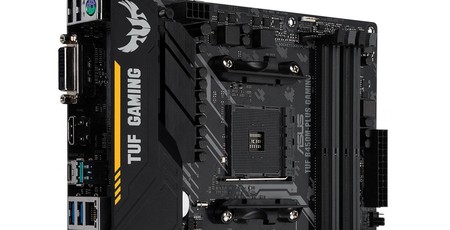
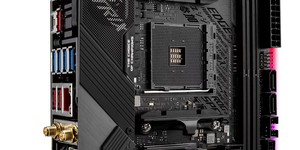
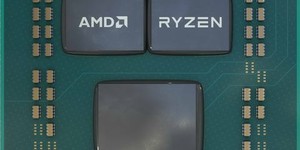
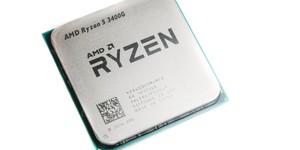




Want to comment? Please log in.